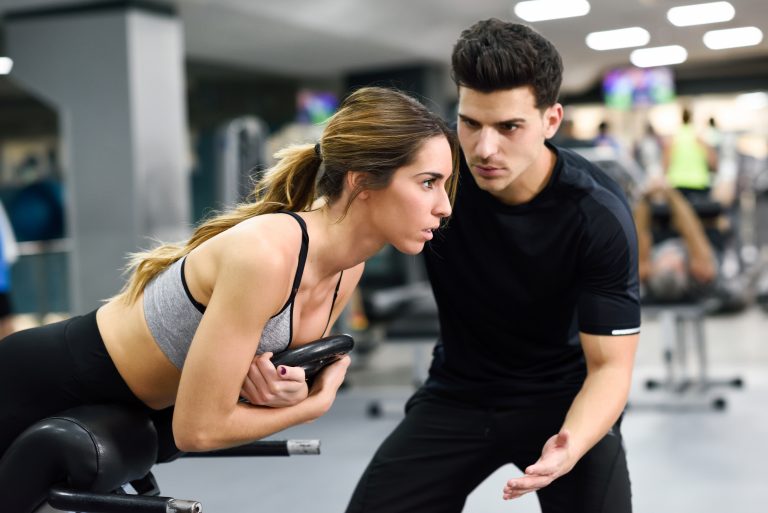In the world of leg training, enthusiasts often debate which machine should take center stage: the leg press or the leg extension machine? While both machines are effective for targeting the muscles of the legs, there are compelling reasons why the leg press is generally preferred when it comes to developing stronger, more functional leg muscles. To understand why the leg press has the edge, it's essential to delve into concepts like muscle chains, proprioception, and training in a closed system. These factors not only influence the effectiveness of the exercises but also the long-term benefits they provide to overall fitness and injury prevention.
The Leg Press: A Comprehensive Approach to Training
The leg press is a compound exercise that targets multiple muscle groups simultaneously. Unlike the leg extension, which isolates the quadriceps, the leg press works the quadriceps, hamstrings, glutes, and calves in a coordinated manner. This comprehensive muscle engagement is crucial for building strength across the entire leg musculature.
Moreover, the leg press operates in a closed kinetic chain, meaning that the feet are fixed on a platform while the body moves in a controlled, predictable pattern. This setup mimics real-life movements more closely than the leg extension, which is an open-chain exercise where the feet are free to move independently. The closed kinetic chain of the leg press allows for a more functional and integrated muscle activation, making it ideal for those looking to improve their overall leg strength and mobility.
Proprioception and the Leg Press
Proprioception, the body's ability to sense its position in space, plays a significant role in movement efficiency and injury prevention. When training in a closed system, such as with the leg press, proprioception is enhanced because the body is forced to stabilize itself while pushing the weight. This stabilization process engages not only the primary muscles of the legs but also the stabilizing muscles of the core, hips, and lower back.
On the other hand, the leg extension machine doesn't require the same level of stabilization, as the seat and thigh pads support the movement, reducing the activation of stabilizing muscles. As a result, the leg press is more effective at improving overall body awareness and coordination, which are essential for athletic performance and functional movements in everyday life.
Muscle Chains and the Importance of Multi-Joint Movements
Another key consideration when comparing the leg press and leg extension is the concept of muscle chains. Muscle chains refer to the interconnected network of muscles that work together to produce movement. In a functional, multi-joint movement like the leg press, several muscle groups work in tandem to push the weight, creating a more natural and efficient pattern of movement. The leg press, as a compound exercise, engages muscles across different joints, such as the hip, knee, and ankle.
This multi-joint engagement is crucial for developing muscle coordination and strength that translates to real-world activities, like walking, running, and climbing stairs. In contrast, the leg extension is an isolation exercise that primarily targets the quadriceps. While it's useful for specifically strengthening the quads, it doesn't involve the synergistic muscle groups needed for holistic leg function.
Closed vs. Open Kinetic Chain Training
Understanding the difference between closed and open kinetic chain training is vital when considering the leg press versus the leg extension. Closed kinetic chain exercises, like the leg press, are generally more beneficial because they simulate natural movement patterns. In closed-chain exercises, the foot remains in contact with a stable surface, allowing for greater activation of stabilizing muscles and improving joint integrity. This type of training mimics the way we move in daily life, whether walking, squatting, or lifting objects.
Open-chain exercises, such as the leg extension, are effective for isolating specific muscles, but they do not provide the same level of joint stability or functional movement benefits. The leg extension machine can put additional stress on the knee joint because of the isolated nature of the movement, which can be problematic for individuals with knee issues or those looking to train in a way that promotes overall joint health.
Training for Injury Prevention and Long-Term Health
Incorporating both closed and open kinetic chain exercises into a training routine can provide a well-rounded approach to leg development. However, when considering long-term health and injury prevention, the leg press has a clear advantage. The closed kinetic chain movement patterns of the leg press place less strain on the knee joint and promote greater muscular balance. This type of training encourages better joint alignment, which can help prevent overuse injuries and improve functional movement.
The leg extension, while effective for building quadriceps strength, can place excessive strain on the knee joint, especially when performed with poor form or excessive weight. Additionally, the isolated nature of the leg extension doesn't help to develop the coordination and muscle strength needed for injury prevention during more dynamic movements.
While the leg extension machine certainly has its place in a well-rounded leg training regimen, the leg press is generally the superior choice for most individuals looking to build functional leg strength. The leg press engages multiple muscle groups in a closed kinetic chain, promotes better proprioception, and supports natural movement patterns. By incorporating the leg press into your training routine, you can enhance muscle coordination, improve joint health, and reduce the risk of injury. If you're serious about developing strong, balanced legs, the leg press should be your go-to exercise.













